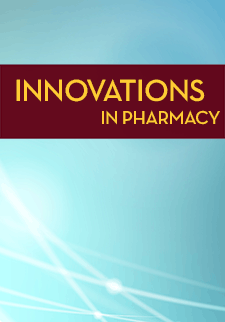Accessibility to Essential Medicines in New York City by Zip Code Income Levels and Boroughs
Yan Aronson
Joyce Addo-Atuah
DOI: https://doi.org/10.24926/iip.v4i3.309
Keywords: access to medicines, medication access, prescription drugs, medication costs, medication prices
Abstract
Access to essential medicines is fundamental to medication adherence, continuity of care and hence population health outcomes and overall quality of life. Disparities in the availability and the cost of these medications in New York City, especially for low income neighborhoods, would compound the underlying health disparities in these neighborhoods. This study examined the physical and financial accessibility to 8 of the 150 Most Frequently Prescribed Drugs in New York, 2 each for Asthma, Diabetes, Hypertension, and Hyperlipidemia, 4 conditions that are among the top 10 most costly conditions in the United States. The study did not find any significant differences in mean drug prices between the high, medium, and low income neighborhoods in the City. However, the significantly different income levels and uninsured rates across neighborhood income strata in the City (p<0.001 for both), coupled with the high disease burden and other underlying disparities in low income neighborhoods, would point to potential affordability challenges for needed medications in these neighborhoods. On the other hand, significant differences in mean prices between the 5 City boroughs were found for 3 of the study drugs: Advair™, p=0.009; Amlodipine 10mg, p<0.001; and Lisinopril 10mg, p=0.046. No such significant differences were observed for the mean prices of the other 5 study drugs-Proventil HFA,™ Metformin HCL 500mg, Glipizide ER 5mg, Simvastatin 20mg, and Atorvastatin 10mg. The study findings did not also suggest that drug prices are dictated by the number of pharmacies in a neighborhood. Further studies would be needed to better understand the complexities associated with the accessibility of essential medicines in New York City. These studies could include qualitative ones which would examine the perceptions and experiences of City residents with respect to the accessibility of prescribed medications as the basis for targeted interventions directed at promoting access to needed medications for all New Yorkers.
Type: Student Project


